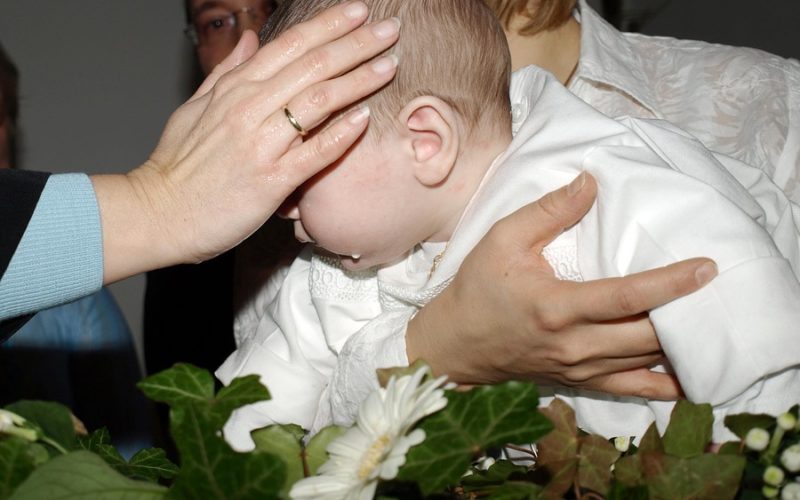Many religious beliefs use water as a basic part of their rituals to welcome newcomers to their religion, and water purification ceremonies are often formal occasions. Baptism is an important part of most religions, and it is a way to mark the soul of a person who will become an adult within the church. It can be performed when the person is merely an infant, or it might be a ritual used when the person has made their decision to join as an adult. Each church has its own set of rules about the use of water in this manner, but they all use it as a way to mark the person as part of the congregation.
The most traditional religions often hold baptism as a ritual for those who have just been born, and it is generally done before a child is more than a few months old. Their parents are part of the ceremony, but two adults are often named as those who will care for the child’s spiritual future in case the parents are unable to do it. They are also part of the ceremony, and their role is often to hold the infant as they are anointed with water. They will answer for the child’s spiritual upbringing as part of their duties.
The majority of religious ceremonies conducted for infants will not immerse the child as there is a danger of drowning, and they simply dribble water on them or make the sign of the cross on their forehead. The child is generally held by the spiritual parents who have been chosen as guides, and the ceremony is rather brief. The water has usually been blessed by the priest before the ceremony, so only the official ritual of baptism is performed. It consists of prayers said over the baby, and then the official dribbles the water on their forehead or wets their finger to draw the sign of the cross.






